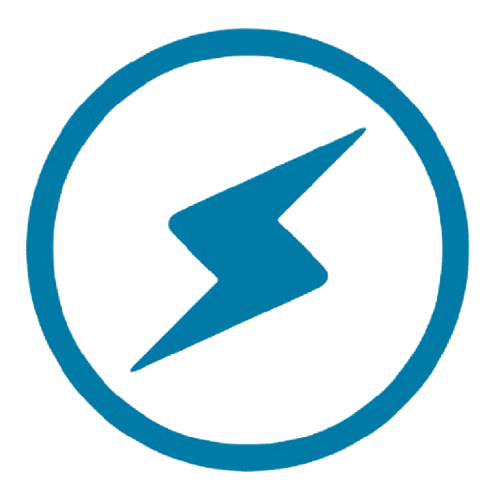If you sell a high ticket offer ($2k+) and aren’t getting a flood of inbound leads and warm prospects, something is terribly wrong.
Let’s fix that.
In this post I’ll show you how to set up a super profitable YouTube ads campaign for only $50 a day.
How do I know this works?
In my experience this is by far this is the easiest and most cost efficient way to get started with YouTube Ads, especially if you have a low ad budget.

The first thing you need is a basic call funnel.
This can be a VSL -> Calendly link or an Automated Webiniar -> Calendly link.
Remember: our goal in this is to get more sales for our offer.
What that usually means, is new prospects speaking to you or a team member over the phone.
You have some way of getting people’s name, email, and phone number into your system.
Step 1: Make sure your tracking is set up.
You would be shocked at the amount of people that are spending a thousand bucks a day right now with no Google Ads tracking.
Here’s how to set up Google conversion tracking on your website:
Sign in to your Google Ads account and navigate to the “Tools & Settings” menu, then select “Conversions.” Click the “+ Conversion” button to create a new conversion action.
Choose the type of conversion you want to track, such as website purchases or lead submissions.
Next, customize the conversion settings, including the conversion name and value, as well as any additional parameters like conversion window and attribution model.

Once configured, Google will generate a snippet of code that you need to place on the specific page of your website where the conversion occurs.
Make sure to follow Google’s instructions for proper code placement, and you’ll be able to effectively track and optimize your Google Ads campaigns based on conversion data.

Step 2: Link Google Ads to Google Analytics.
Very, very easy to do. There’s 1,001 tutorials on how to do this online, but it’s also important you have this set up because what this is going to allow you to do is make things like remarketing audiences and to get even more insight into what ads they’re working and why.
Here’s how to do that:
First, ensure you have administrative access to both your Google Ads and Google Analytics accounts.
Then, within your Google Analytics account, navigate to the Admin section.
Under the Property column, select “Google Ads Linking” and click the “+ New Link Group” button.
Choose the Google Ads account you want to link, and customize the settings to determine which data you’d like to share between the platforms.
Ensure that auto-tagging is enabled in your Google Ads account. Once configured, click “Link accounts.”
This connection will allow you to track the performance of your Google Ads campaigns within Google Analytics, providing valuable insights to optimize your advertising efforts.
Step 3: Record Your YouTube Video Ads
You want to record 2 different ads. One should be handheld, and one should be in a more professional setting if possible.
How YouTube Ads works is that you want to disqualify people within the first few seconds to prevent unqualified users from watching.
The better you call out to your target market, the more money you save and a lower cost per lead.
You want to end each ad with a clear, singular call-to-action.
For example, “click the link below to see our free training”.
Attached are 2 examples of this in action for one of our clients.
Step 4: Set Up 10 Different Campaigns at $5/each
Here’s a neat fact:
When Chris Rock goes on tour for a new set, he tests all his jokes in small comedy clubs first.
The jokes that get the most laughs on average?
They’re added to his national tours.
The jokes that flop?
They’re thrown away.
Similarly, we want a multitude of ads and audiences for this same reason.
You should pick 5 different audiences.
These can be lookalikes, remarketing audiences, and even keywords.
Point is – we want data as quickly as possible for the least amount of money.
Then, you simply have your two video ads in each of the 5 campaigns.
10 campaigns total at $5/day = $50/day ad spend.
Here’s an example from one of our other clients in Dubai (these numbers are AED – not USD)
Notice how some of these campaigns have a few conversions, others have none.

Step 5: Scale The Winners, Kill The Losers
After a week or 2 of testing you’ll receive enough data to act on.
If you’ve done this right, 2 – 4 campaigns will have reasonable KPIs.
But don’t be surprised if most of them flop – that’s what this testing period is for.
When you’re getting qualified leads inbound at $10 – $15 for an offer $2k+, that means you’re in a VERY good spot.
Start slowly scaling the winning campaigns by no more than 25% a day.
Wait a few days, and continue.
In addition, start slowly adding new campaigns into the mix.
Test new ads with new angles.
Here’s an example from that same client.
We killed off his underperforming campaigns and raised budgets on those that performed well.
Our total cost/lead before we killed off the other campaigns was $45/lead.
Now?
It’s $11.

In conclusion:
Ads are all about testing and scaling what works.
Agencies LOVE to make this sound difficult.
It’s easy to implement, but HARD to do so if you’re unfamiliar with digital marketing for YouTube Ads.
